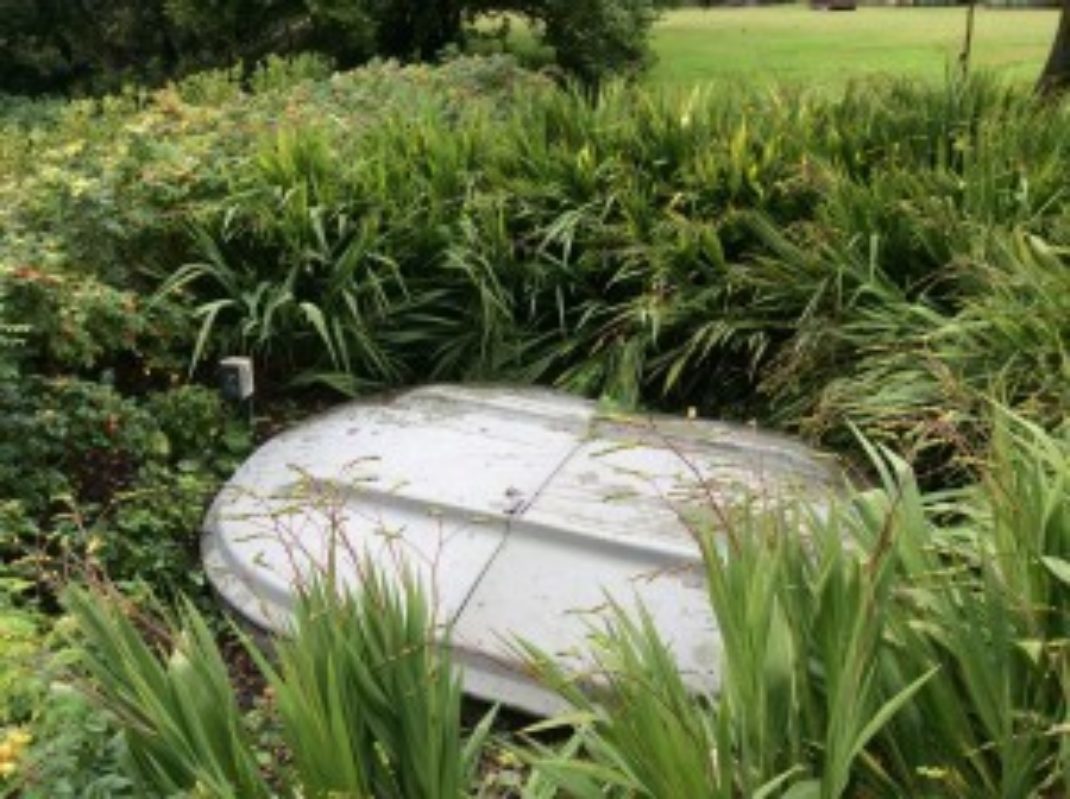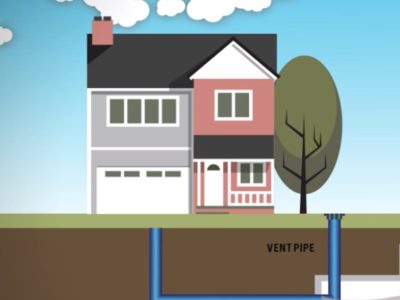Expert Guide
How to identify your off mains drainage system
Different types of systems can have very different maintenance and servicing needs, and it’s important to know what you are dealing with. Our Guide will help you to identify the type of drainage system you have.

Why is it so important to know what type of system you have?
Septic tanks, cesspits and sewage treatment plants. If you live in a house that’s not near a main sewer, your property will be connected to one of these types of private drainage systems.
Drainage systems sit out of sight underground, so it can be difficult to know what’s going on - or even what type of drainage system you have. But understanding what type of drainage system you have is key to knowing how best to look after it, and how to get as many years of trouble free use as possible.
How can I tell what type of drainage system I have?
Firstly, check out our guide which will talk you through the three main types of systems.
- Septic Tanks
- Cesspits
- Sewage Treatment Plants
Septic tanks
Septic tanks are the most common type of off-mains drainage system. A pipe runs from your property to the septic tank, where the waste is separated into three different layers.
Click here to read our guide as to how your septic tank works, if you want to know more.
From the tank, the waste water either runs to a drainage field, a soakaway system, or if it’s an older system it might run to a watercourse. If you have one of these older systems which discharges to a watercourse, you’ll need to know that it is no longer legal for a septic tank to discharge waste water to a watercourse (you can find out more information on septic tank regulations here.
Some of the signs that your property has a septic tank are:
- The tank needing to be emptied each year
- 2, 3 or 4 manholes in close proximity to each other above ground
- Possible vent pipes above ground – these take unpleasant smells and gasses from the tank and distribute them into the air
Cesspits
Cesspits (or cesspools, they’re one and the same) are often seen as a last resort, if there are reasons why a septic tank or a sewage treatment plant can’t be installed at a property. This is because a cesspit is purely a holding tank for all the waste that leaves your property.
Cesspits, by nature of being simply a holding tank, require really frequent emptying, which can be costly.
Signs that your property has a cesspit may include:
- The tank fills up really quickly and needing very regular emptying (unless this is unusual for your drainage system - if the frequency has recently increased, it could be a sign that there is a problem with the system)
- There’s just one manhole above ground and sometimes there may be a large cover slab visible
Sewage treatment plants
A sewage treatment plant provides a greater level of treatment of your property’s waste than a septic tank would. It has more mechanical components inside it that need an electricity supply.
As the quality of waste leaving a sewage treatment plant is better, it can discharge straight to a local watercourse. Alternatively, the wastewater can be discharged to a drainage field.
Like septic tanks, sewage treatment plants typically need to be emptied annually, although this can vary. The main difference between a septic tank and a sewage treatment plant from an upkeep perspective is that a sewage treatment plant will require a regular service of its mechanical and electrical parts. This should also be carried out annually.
You’ll know if you have a sewage treatment plant because:
- There will typically be an electric box mounted externally somewhere near the treatment plant
- The cover for the sewage treatment plant is typically raised slightly above the ground (see picture)
- You notice a quiet humming noise if you get close to the sewage treatment plant
- There is a visible or audible alarm on the treatment plant to let you know if there is a problem, or if it needs emptying

Whether you have a septic tank, cesspit or sewage treatment plant, give our friendly team a call on 0800 028 9903. We can help if you’re having any problems, or if you’d like a regular health check to make sure everything is as it should be.

Got some questions?
We are a friendly team of specialists with decades of combined experience. We're here to help.

Got some questions?
We are a friendly team of specialists with decades of combined experience. We're here to help.



